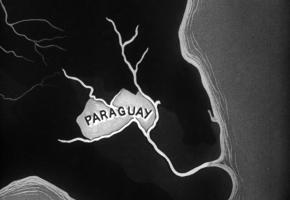Marc Romero has managed to convey the profound sense of frustration when a case remains a mystery, regardless of how people try to solve it, especially when it was run using incompetent and careless investigation techniques. Tense and fast moving, the film keeps up the pressure and has the audience bursting with rage and even shouting at the screen at the scant level of regard for any forensic evidence.
The investigation is muddied with clues being ignored, acceptance of inconsistencies and the inability of the authorities to investigate with professionalism. CSI, the American TV series did not hit the screens for another 8 years and, especially in remote areas, the importance of forensic evidence was not seriously taken into account.
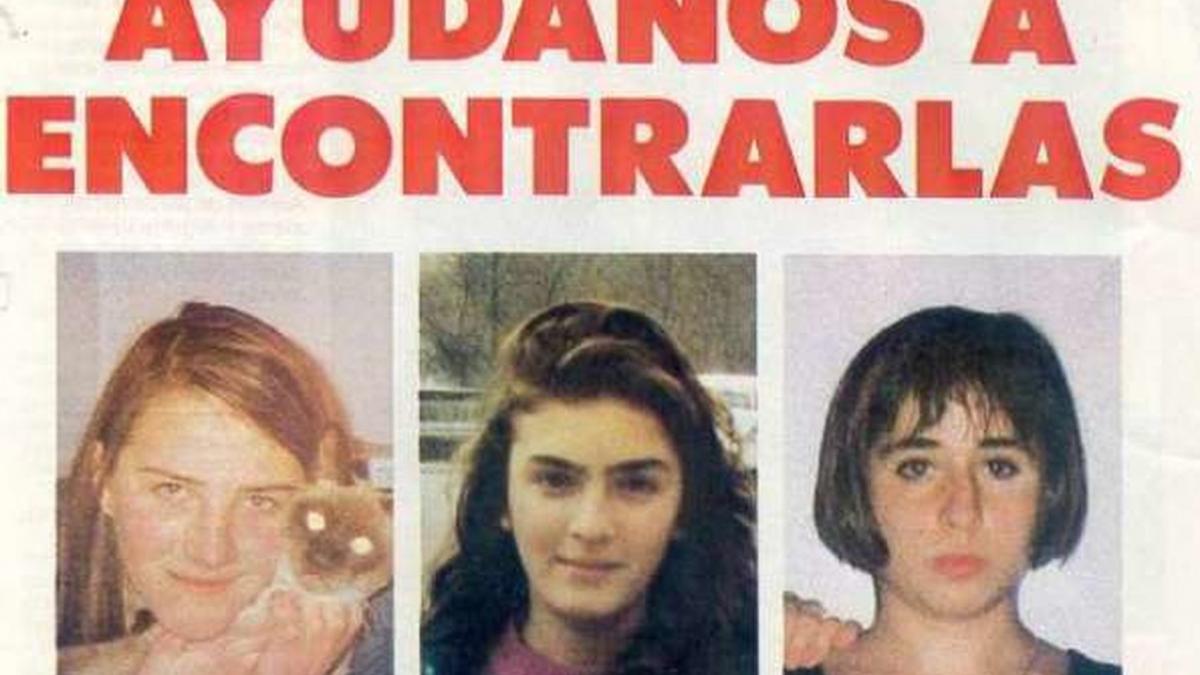
Original missing girl's poster 1992
Exactly 75 days after their disappearance, the girl’s bodies were discovered in a shallow grave by a couple of bee keepers tending their hives. The girls had been tied up, brutally tortured, raped by multiple persons and two had even been dismembered, with their heads separated from their bodies.
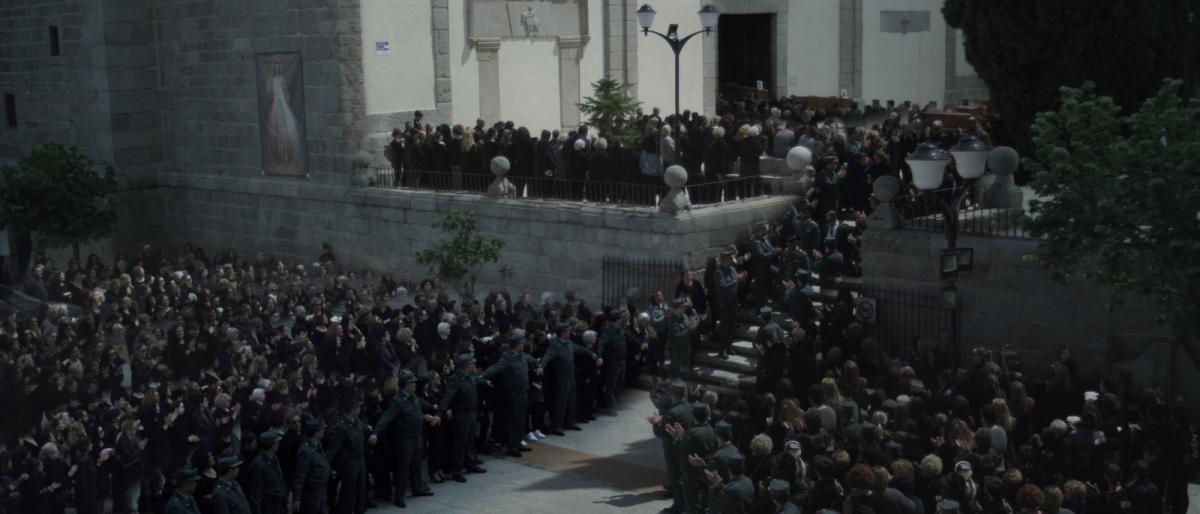
75 Days- Funeral of the girls
These dark events took place within an area of small villages, where the murdered girls would have known everyone. They were part of a group of four close friends. One was sick in bed with a bout of flu and was distraught at being unable to accompany them on that fateful day. Later, when questioned, she stressed that although they usually hitchhiked in the area, they normally knew the people who picked them up by name and never accepted lifts from strange people in cars they did not recognize. This implied that whoever kidnapped the girls was a local person, which opened up disturbing possibilities. The girls went missing on Friday 13th November of 1992. Other than one witness, who was repeatedly not taken seriously, there were no concrete clues and the mystery became tabloid news.
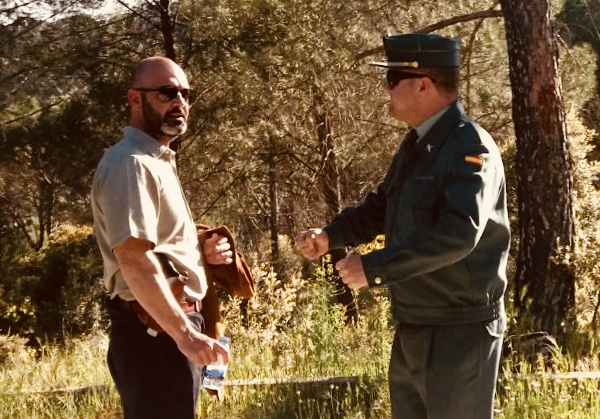
Carlos Reyes- as the Lead Police investigator in the Guardia Civil
The reporting of the case became a media circus and a gift for TV Reality shows, competing with the likes of OJ Simpson’s trials in the USA. The tragedy coincided with the advent of ‘trash TV’ in Spain, namely Telecinco, owned by Silvio Berlusconi. They had a field day. Not to be outdone in insensitivity, Netflix filmed the story as a ‘true crime’ documentary series in five episodes, directed by Elías León in 2019.
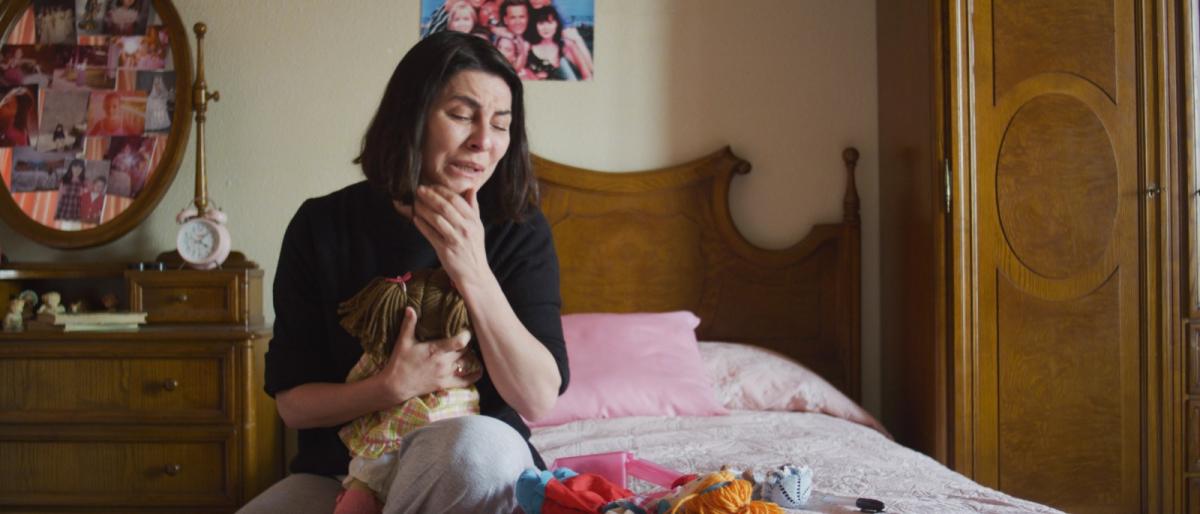
Ana Fernández as Isabel, one of the mothers.
The investigations were distorted by a serious lack of rigour and false assumptions which denied the possibility of a more realistic search for the sadistic perpetrators.
In 1992, the pressure on the tiny local police force intensified to resolve the case and fast. The police and their local forensic teams were so egregiously incompetent and unprofessional that the top forensic professor from Madrid, who had been hired by the bereaved families, found that all forensic material had been seriously compromised.
The girl’s clothing had been carelessly stored in a wet bag destroying sperm and blood samples, eliminating the possibility of extracting reliable DNA. Near the uncovered bodies, a partially-shredded hospital paper had been found with the name and address of a person from a neighbouring village. Armed with this somewhat questionable circumstantial ‘evidence’, the police immediately ceased to consider any other perpetrators.
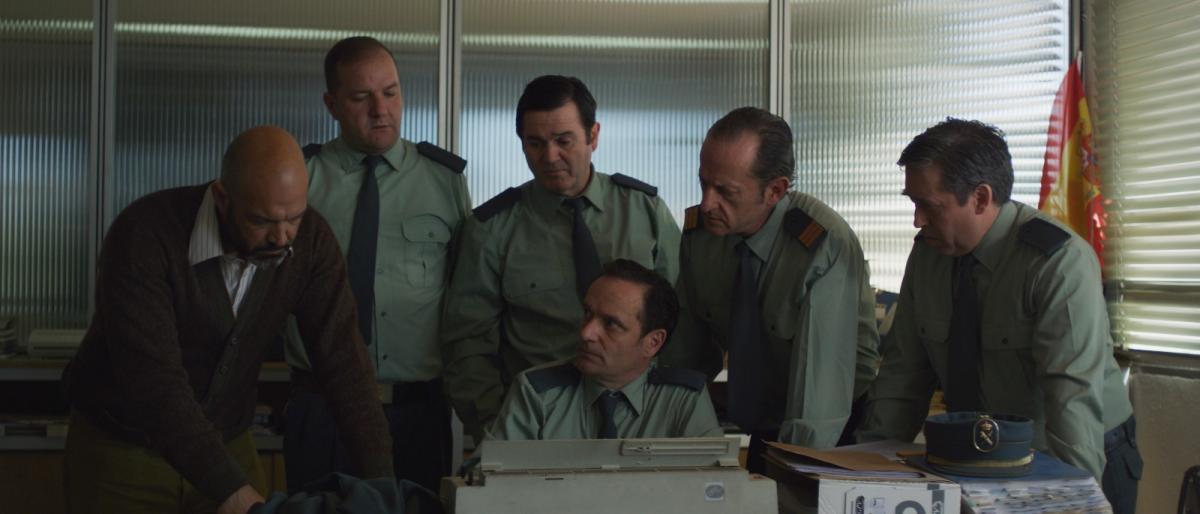
Carlos Reyes and Javier Saenz- leading the team.
It turned out that escaped convict Antonio Anglés, had used his brother’s ID to access his Social Security details. Known to be a violent drug dealer, even his mother was scared of him. But it was his friend Miguel Ricart, known as ‘El Rubio’ (the blonde) who was to be arrested, accused and eventually sentenced to 170 years of prison. He confessed and retracted his words many times, insisting that he had been beaten into the confession with police threats on the life of his teenage daughter. So, despite his conviction, doubts continued to fester as to the level of his involvement, if any.
The autopsies also revealed the presence of seven hairs with seven distinct DNA profiles. These did not belong to the girls or to either of their alleged murderers, Miguel Ricart or Antonio Anglés. Five of these hairs were white, that is, hair of persons considerably older than the suspects, but not being on any data base, they have never been identified, nor has this line of enquiry been satisfactorily pursued. Until the bodies were found, the police insisted that the girls had ‘run away’, despite their not having taken any clothes or money with them. This helped the Police to opt out of having to keep searching. The bereaved parents, of humble backgrounds, became more and more desperate. Vicente, whose wife Isabel had been diagnosed with a terminal illness, was the most proactive as he tried, in vain, to get the police to keep looking for the girls.
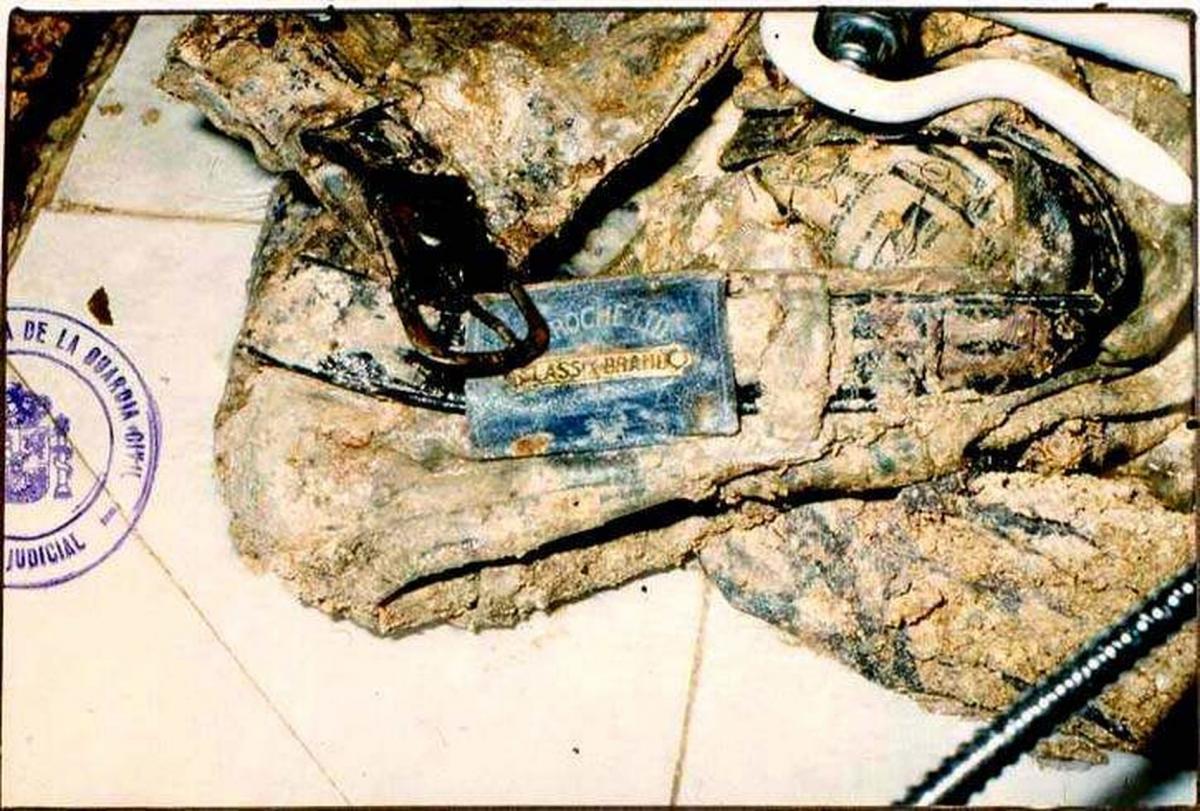
The jeans of one of the girl's recovered from the grave.
Antonio Anglés vanished when Miguel Ricarte was arrested. The search to find him has been a tale all of its own: it was called Operación Deseada (Operation Desire) in remembrance of the victims and has continued over the years over many continents. But so far, all clues have led nowhere. Ricart is convinced that Anglés was ‘eliminated’ soon after he was captured by the real murderers and is likely to be dead, yet sightings and stories of his flight abound and have sold many a book and many a tabloid newspaper. The possibilities for further examination are endless and the film reveals a number of them, but they have always led to dead ends.
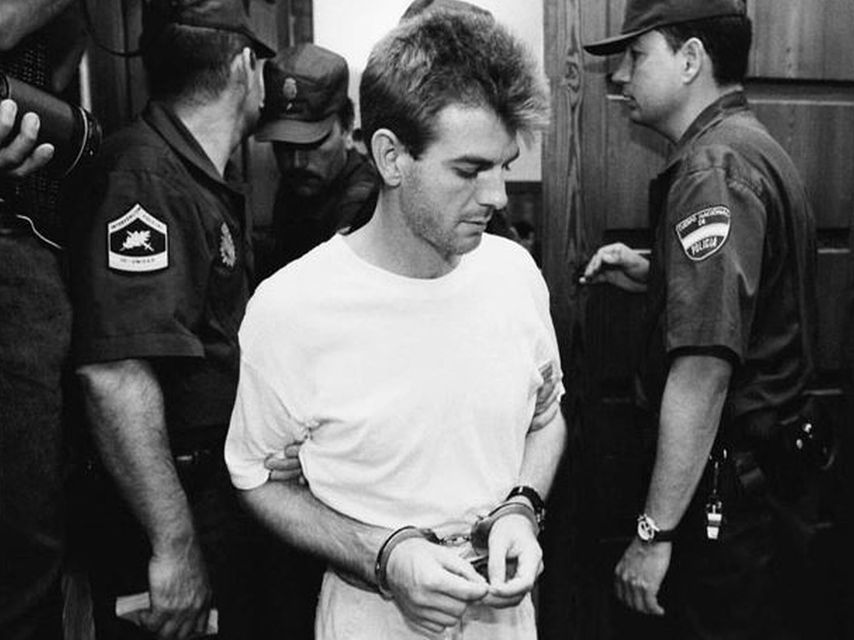
The real Miguel Ricart who was sentenced to 170 years in jail.
To film such a well-known story with integrity is hard. Marc Romero focusses mainly on the 75 days from the girl’s disappearance ‘till the bodies were finally found. He explores the effect on the families, in particular Vicente, who tries to persuade the police to continue their search. Each one of the three families has other serious situations to contend with, terminal illnesses, mental issues and acute despair.
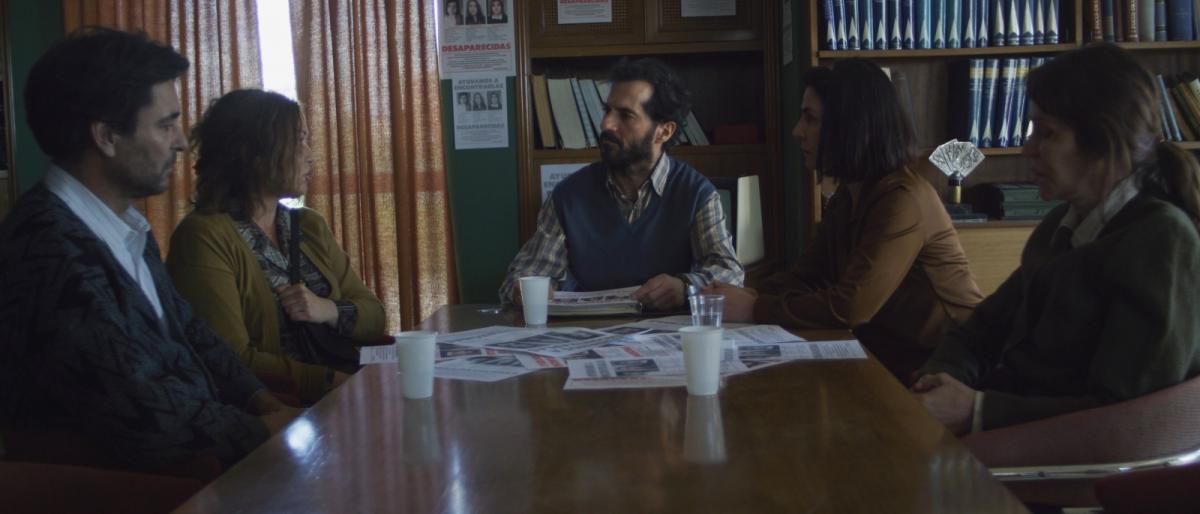
Vicente (Javier Albalá), one of the fathers, heads the discussion by the parents on how they can be pro-active.
The lead actor Carlos Reyes, the ‘boss’ of the Guardia Civil, who tries to hold his inexperienced team of personnel together, resisting the interference from Madrid, is a powerful and charismatic presence on screen, but he is bogged down with the succession of failed clues and clumsy policing. At times, the incompetence, in particular of the local forensics team, is so total that it would appear to be part of a conspiracy. Sadly, it probably was not the case. We have to remember these brutal murders took place in a fairly remote area, where such dramatic incidents rarely happen. This police force was in no way prepared for such events and were not properly equipped to deal with it. This is an eminently watchable movie on a difficult subject.
Twenty-eight years have gone by, but there are wounds that will never heal.
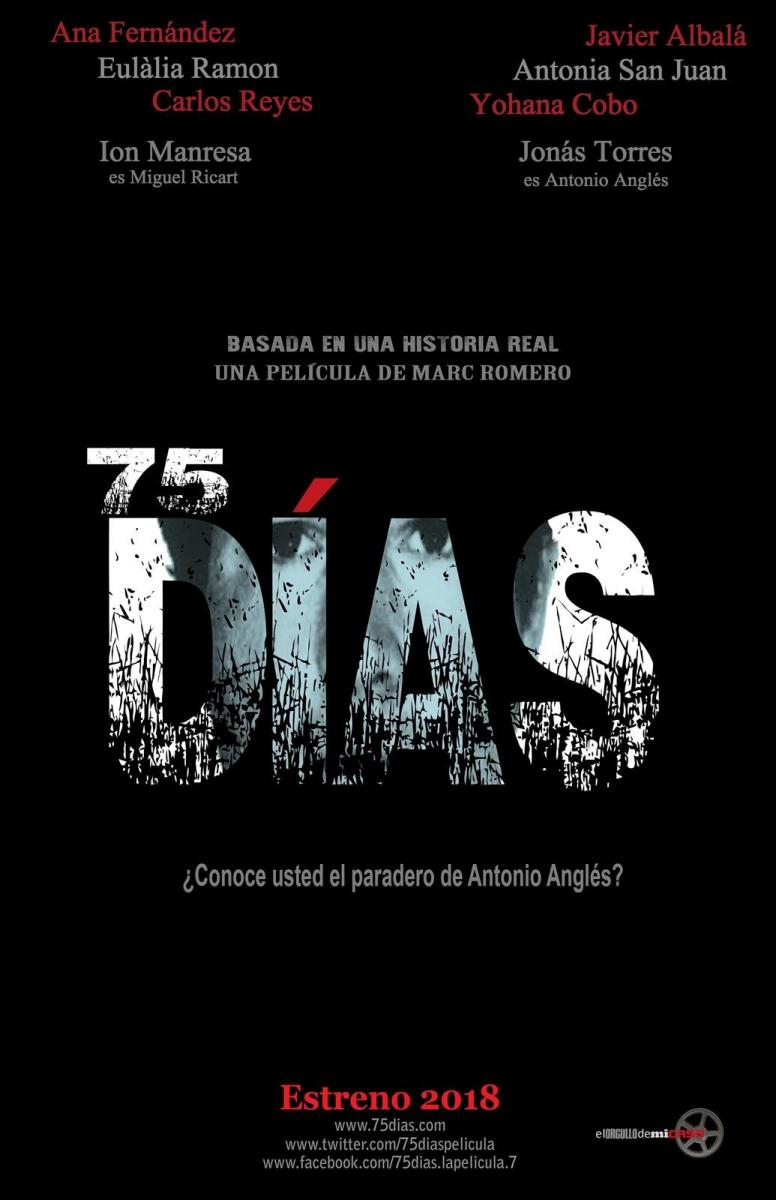
Credits: 75 Days (2020)
Written and Directed by: Marc Romero
Produced by: Pedro López Rapado
Cast: Javier Albalá, Txema Arribas, Javier Ruíz Bobillo, Carlos Reyes, Ana Fernández, Paloma Paso Jardiel, Yohana Cobo.
Genre: Crime, Drama, Thriller
Language: Spanish





